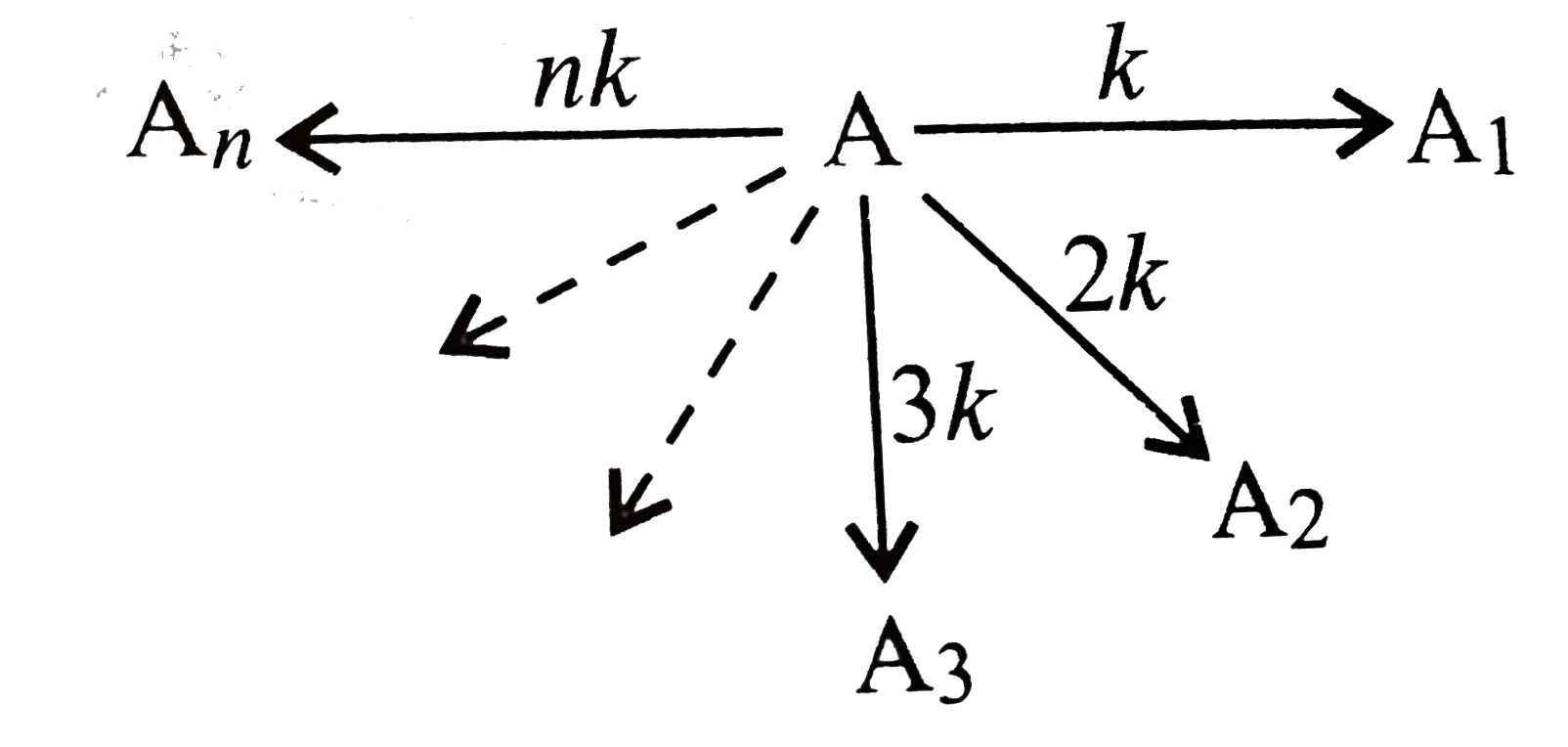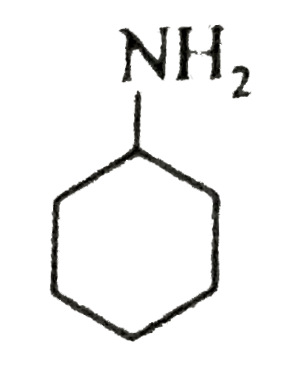Mechanism of the reaction is:
A2k2⇐⇒2A
A+Bk2−−→C
A2+Ck−−→D+A
What is (a) −d[A2]dt, (b) −d[A]dt, (c ) d[C]dt, (d) d[D]dt ?
Video Solution
Text Solution
(a) −d[A2]dt=k1[A2]−2k1[A]2+k[A2][C]
(b) −d[A]dt=2k1[A]2−k1[A2]+k2[A][B]−k[A2][C]
( c) d[C]dt=k2[A][B]−k[A2][C]
(d) d[D]dt=k[A2][C]
|
Topper's Solved these Questions
- CHEMICAL KINETICSBook:CENGAGE CHEMISTRYChapter:CHEMICAL KINETICSExercise:Solved Example
Explore 52 Videos
- CHEMICAL KINETICSBook:CENGAGE CHEMISTRYChapter:CHEMICAL KINETICSExercise:Ex 4.1 (Objective)
Explore 9 Videos
- CARBOXYLIC ACIDS AND THEIR DERIVATIVESBook:CENGAGE CHEMISTRYChapter:CARBOXYLIC ACIDS AND THEIR DERIVATIVESExercise:Exercises Archives (Analytical And Descriptive)
Explore 34 Videos
- COORDINATION COMPOUNDSBook:CENGAGE CHEMISTRYChapter:COORDINATION COMPOUNDSExercise:Archives Subjective
Explore 18 Videos
Similar Questions
Knowledge Check
Which are true for the reaction: A2⇔2C+D?
Aif ΔH=0,Kp and increases with temperature and dissociation.Bif ΔH=+ve,Kp increases with temperature and dissociation of A2 increases.Cif ΔH=−ve,Kp decreases with temperature and dissociation of A2 increases.DKp=4α3[P1+2α]2The product D of the reaction CH3ClKCN−−→(A)H2O−−→(B)NH3−−→(C)Δ−−→(D) is
ACH3CH2NH2BCH3CNCHCONH2DCH3CONH2Conisder the following reactions:
I. A+Bk1⇐⇒k−1C
II. C+Bk2−−→D
Then k1[A][B]−k−1[C]−k2[C][B] is equal toA−d[A]dtB−d[B]dtCd[C]dtDd[D]dt
Mechanism of the reaction is:
Ak2⇐⇒k1B ...(i)
B+Ak3⇐⇒C ...(ii)
¯¯¯¯¯¯¯¯¯¯¯¯¯¯2A→C––––––––– ...(iii)
What is (a) −d[A]dt, (b) d[B]dt , (c ) d[C]dt
View SolutionMechanism of the reaction is:

What is (a) −d[A]dt, (b) d[A1]dt , (c ) d[An]dt, (d) d[A1]−d[A] for same time?
View Solution 3CH3l−−−→(A)Ag2O−−→(B)△−−→C+D+H2O
3CH3l−−−→(A)Ag2O−−→(B)△−−→C+D+H2O
What are A, B, C, D
View SolutionIn the sequence of the reaction
A−β−−→B−β−−→C−α−−→D, what is the relationship between D and A?
View SolutionThe product D of the reaction CH3ClKCN−−→(A)H2O−−→(B)NH3−−→(C)Δ−−→(D) is
View Solution